Plywood vs Solid Wood – Which Is Better, Pros, Cons & Uses
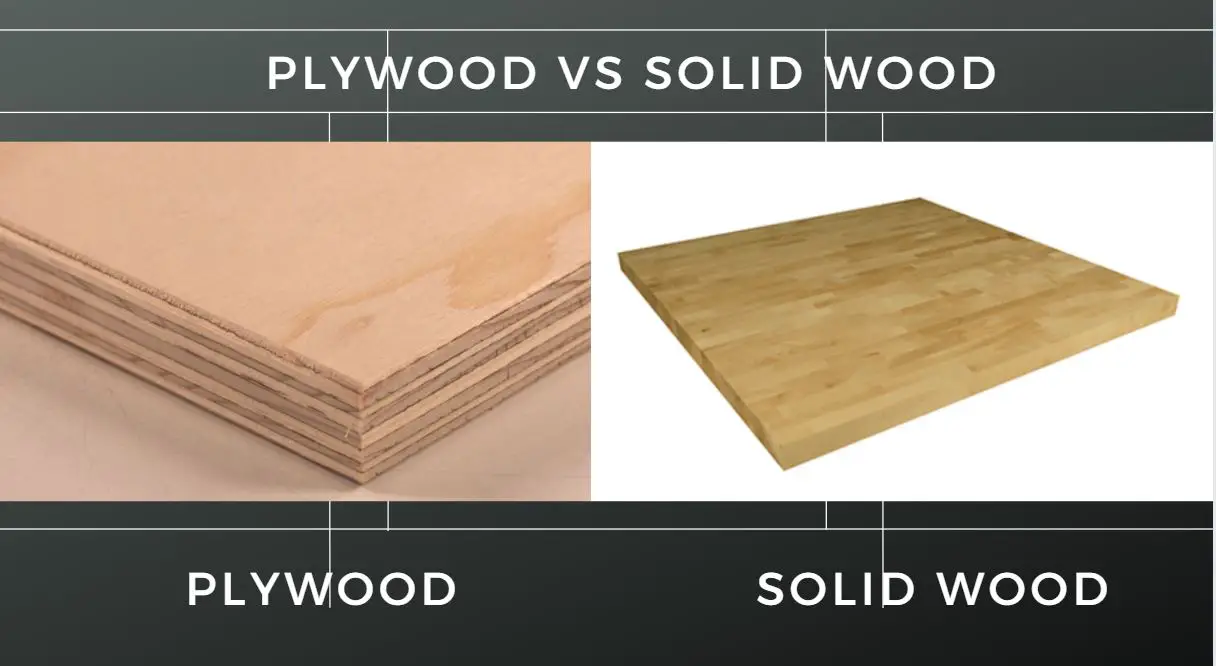
Plywood and solid wood are two of the most popular options when it comes to any carpentry project.
Both of these have their own pros and cons which makes each of them ideal for certain situations. Getting to know both types is the purpose of this article so that you can make the best choice of which wood to use.
We will be directly comparing plywood and solid wood to see which one is better. We will also be looking at the pros and cons for each of them as well as when to use which.
Introduction to Plywood
Plywood is a versatile engineered wood that is made by gluing multiple sheets of wood together.
Manufacturers will peel sheets of wood from the tree by rotating the tree trunk over a blade. The thin sheets are then layered on top of each other, glued, and finished with a veneer on the outside.
Introduction to Solid Wood
Solid wood is manufactured by cutting planks directly from a tree.
The planks will then usually be dried and they may be treated to increase their strength and durability.
There are many different types of solid wood, depending on which tree it comes from, and all of them have their own characteristics.
Plywood vs Solid Wood
Both plywood and solid wood are great choices, but they each have their own strengths and weaknesses and depending on the job, one of them might be better than the other. The following comparison is supported by Contractor Bhai.
What’s the difference between solid wood and plywood?
The main difference is that solid wood gets cut into usable pieces directly from the tree.
Plywood on the other hand gets cut into thin sheets and then gets layered to create plywood boards.
| Plywood | Solid Wood |
| Cheaper options available | Normally more expensive |
| Does not look as good | Looks very good |
| Comes in larger sizes | It is difficult to get large sizes |
| Best for internal structures & cabinets | Best for flooring, shelves & furniture |
What Exactly Is Plywood
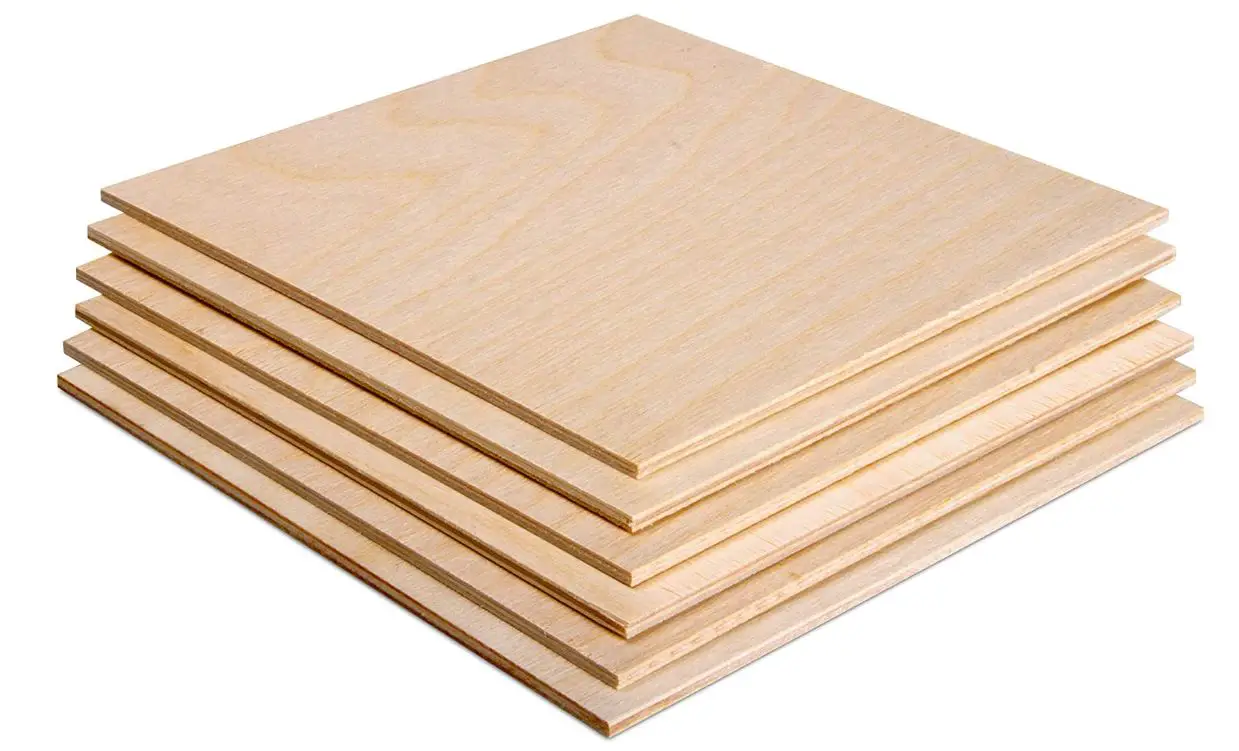
Wikipedia describes plywood as a sheet or panel shaped wood material that is made by gluing several layers of wood together.
The wood is sourced from a variety of tree species including pine. It comes in a number of different sizes and thicknesses.
What Are Its Common Uses
Plywood can be used and is used, for almost all building projects.
Most commonly it is used for internal structures like the inside of closets or cabinets, interior walls, a variety of furniture, and a bunch of other things.
Pros And Cons Over Solid Wood
Pros
Affordability
Plywood will almost always be cheaper when compared to solid wood. This makes it great for keeping a project affordable.
Versatility
Plywood is one of the most versatile woods due to all the different sizes, thicknesses, and types of plywood.
Cons
Sustainability
There are lots of chemicals used in the production of plywood and there are limited recycling options. This makes it less eco-friendly than solid wood.
Durability
With age and elemental exposure, plywood will lose its strength.
What Are The Different Types Of Plywood
There are a number of different types of plywood and each type has its own uses. The most popular types of plywood include softwood ply, hardwood ply, aircraft ply, marine ply, exterior ply, and overlaid ply.
What Exactly Is Solid Wood
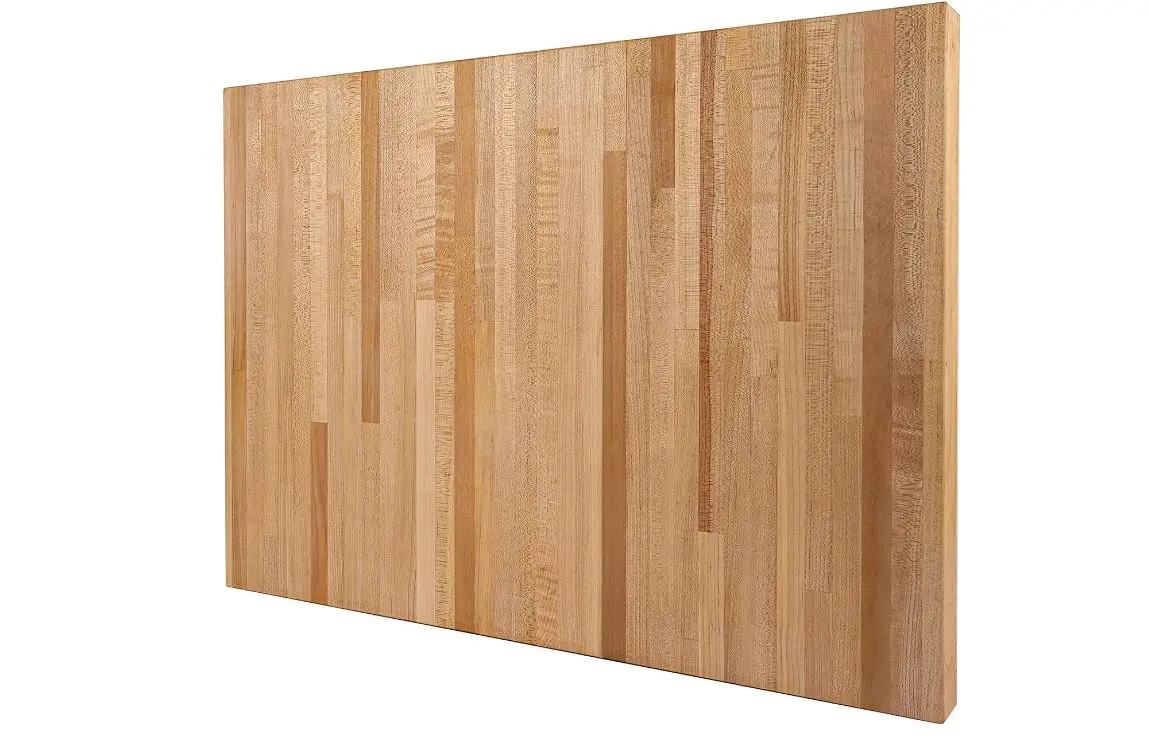
Solid wood is wood that is cut directly from the tree as described by Kitchen Cabinet Kings.
The trees are cut into solid planks to be used as they are. Normally, the only process that the wood goes through is it gets dried to reduce the moisture content and strengthen the planks.
Examples Of Solid Woods
Solid wood is any piece of wood that has been cut into a solid piece.
It can be any type of wood that has been cut from a tree directly. A great example is a solid piece of oak wood that is used as a table.
What Are Its Common Uses
Solid wood has great quality and aesthetics so it is commonly used for handmade furniture, tabletops, flooring, decking, and beams.
Pros And Cons Over Plywood
Pros
Finish
You can finish solid wood with minimal treatment while still maintaining the beautiful natural beauty.
Strength
Solid wood can last a very long time with minimal wear and tear.
Cons
Price
Finding high-quality solid wood pieces can be expensive.
Hard to work with
Solid wood can often be heavy and it can be difficult to work with big heavy pieces.
When To Use Solid Wood Over Plywood & Vica Versa
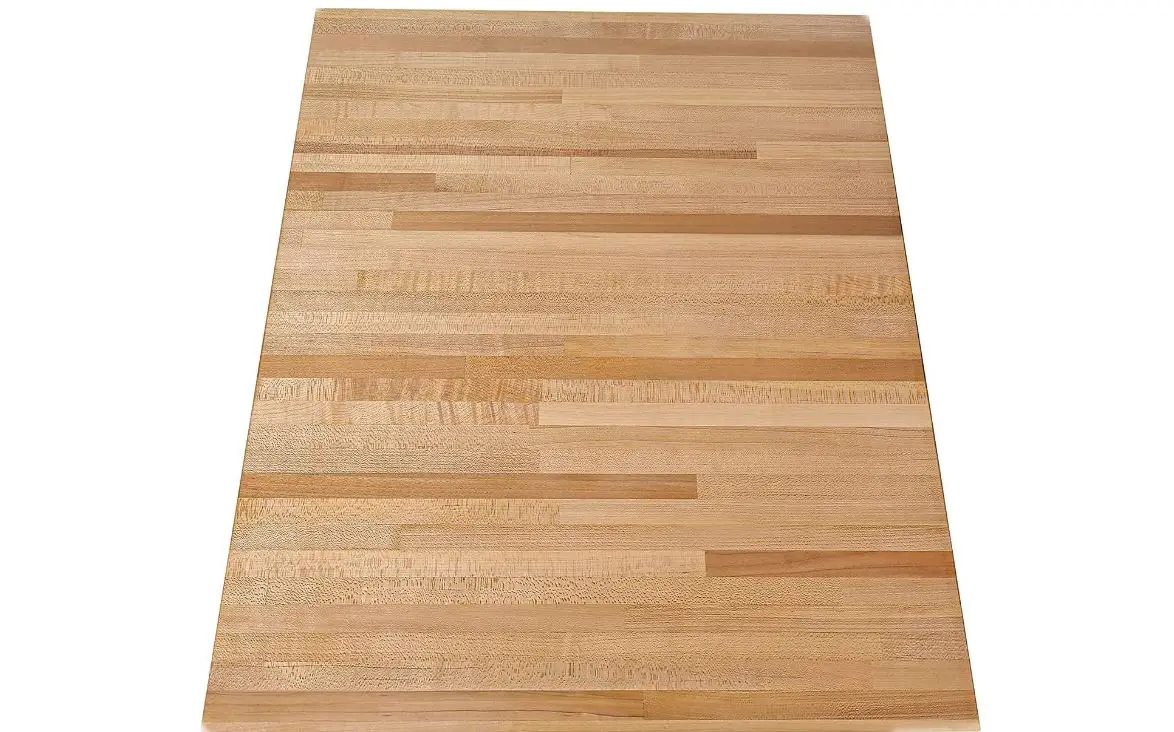
The best time to use solid wood instead of plywood is when you want to showcase the natural beauty of the solid wood.
Good examples of this are a solid wood floor or tabletop. Choosing plywood over solid wood would make sense when the function is more important like shelving, this is also further outlined by Appliance Analysts.
Which Costs More
Both plywood and solid wood have cheaper and more expensive options.
It will depend on the type of wood it is made from, the treatment it underwent, the size, and the thickness. In general, solid wood will cost more.
Which Is Stronger
Both plywood and solid wood can come in different strengths, but when directly compared, solid wood will always be stronger than plywood.
This is confirmed by The DIY Plan. That does not mean that plywood is weak, for most uses plywood is strong enough.
Which Weighs More
It is difficult to say if plywood or solid wood weighs more because it depends on what type of plywood you compare with what type of solid wood.
It comes down to the density of the wood. Due to the glues and other chemicals used in plywood, we will say that solid wood has more wood particles in the same compared area so solid wood should be heavier.
Which Is Better For Flooring & Why
Both plywood and solid wood can be used for flooring, but the solid wood is definitely a better option.
It will cost you a lot more to do flooring using solid wood, but the longevity and the solid wood look will make it well worth the extra cost. In this video, the different woods are further compared as building materials.
Which Is Better For Cabinets & Why
Also for cabinets, you can choose to use plywood or solid wood, or even a combination of the two.
Most people choose plywood when building cabinets because it is easier to work with and it is more affordable. You can also build the interior with plywood and finish the outside with beautiful solid wood.
Which Is Better For Furniture
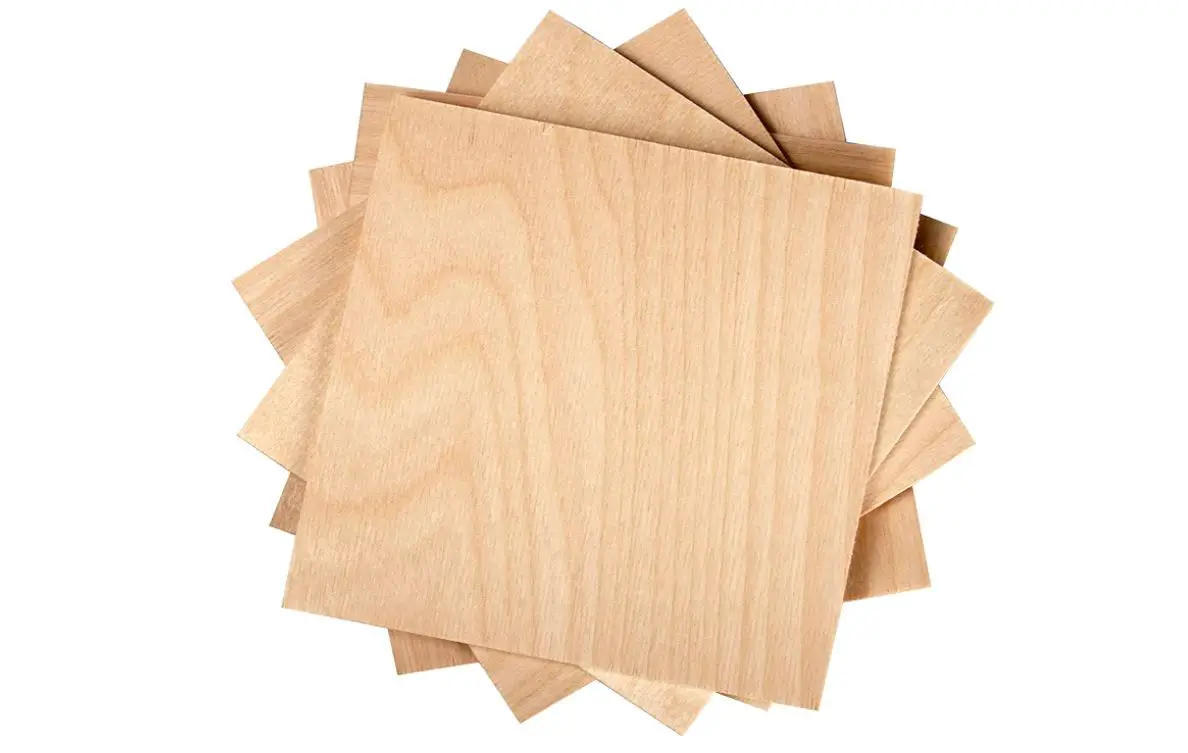
In most cases, solid wood is a better option when building furniture. It looks better, it has a longer lifespan, and it is more stable.
This is especially the case with bigger furniture like tables, chairs, and bookshelves. If you are building smaller furniture then plywood will also be a good option.
Again, you can also combine the two by building the inside with plywood and then using solid wood to finish it.
Which Is Better For Table Tops
Solid wood is by far a better choice for table tops.
A tabletop is a showcase piece in any house or office, so having a beautiful solid wood piece with all of its natural patterns and colors is a no-brainer.
Solid wood table tops will also last much longer so it gives you a piece for decades to come. Sawinery describes further how to know which wood is best for table tops.
Which Is Better For Sofa Frames
Commercially, sofa frames are mostly built using plywood frames, and then they are covered up with a solid wood layer and edging.
This makes sense to create more affordable sofas while still creating decent quality. If you are a wood lover, you can also consider using solid wood only for your sofa frame.
Marine Plywood vs Solid Wood
Marine plywood is a specialized building material that gets commonly used in the marine industry for example, in boats and docks.
It is designed to perform well in wet and humid conditions and it will not warp and bend like other woods. Solid wood can also be treated in a way to create the same level of durability when it comes to moisture, but it will cost a lot more.
Cajon Plywood vs Solid Wood
A Cajon is a box-shaped percussion instrument that originates in Peru.
It is made from wood and is played by slapping it with the hands. According to Cajon Drums of the World, they are most often made with hardwood solid woods, but they can also be made with hardwood plywood that has a high density like marine plywood.
Conclusion

Through this article, we have looked at all the different aspects of both plywood and solid wood.
We have compared the pros and cons of both, we looked at their uses, and we outlined which wood is better in which situation.
Hopefully, by the end of this article, you have a better understanding of which wood to choose for your next project.
If you still have doubts, or if you have any further questions, have a look at the links we provided or go talk to a local expert.
.


